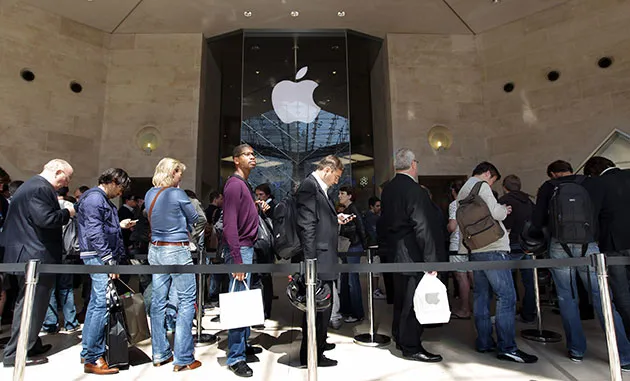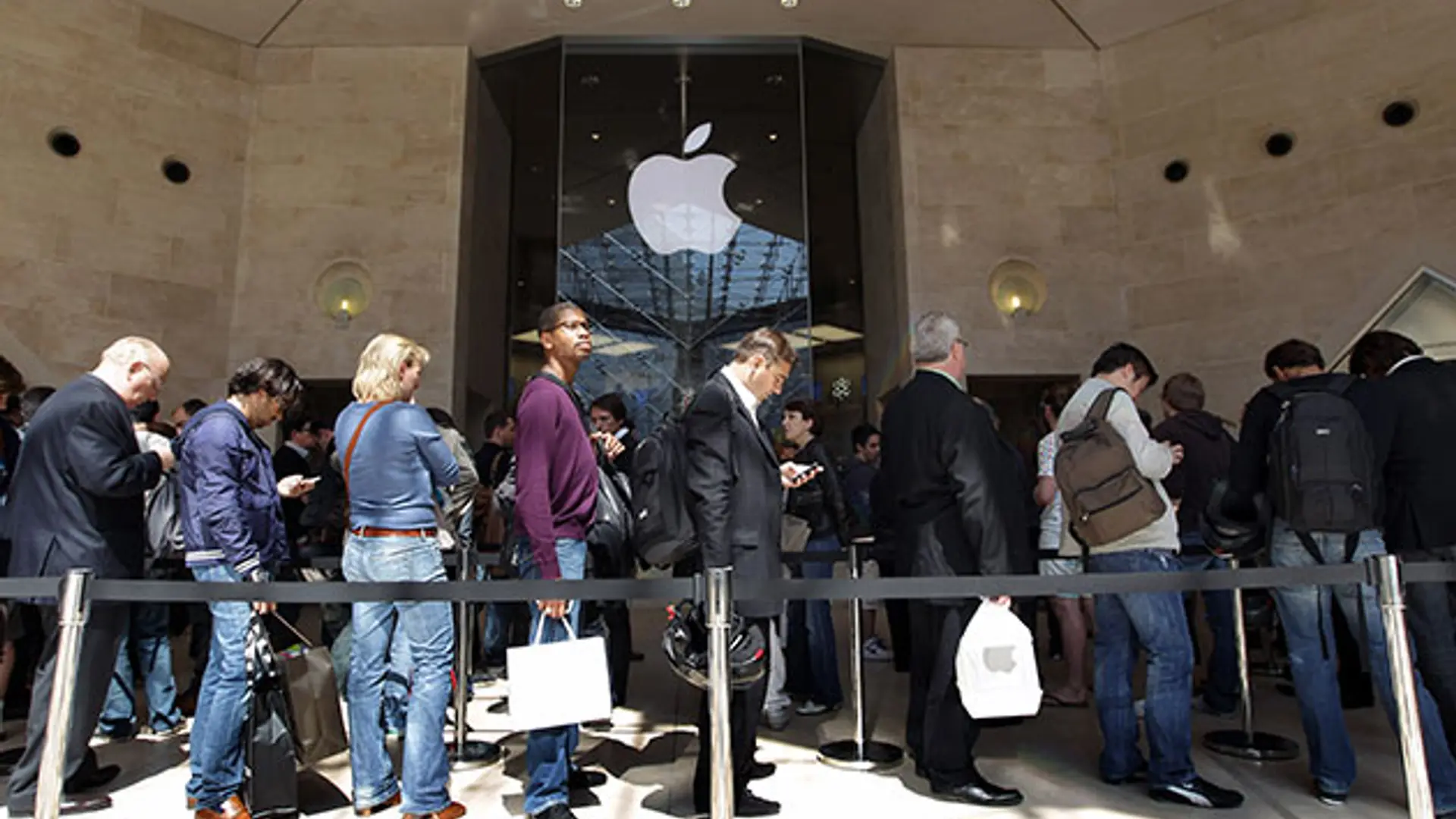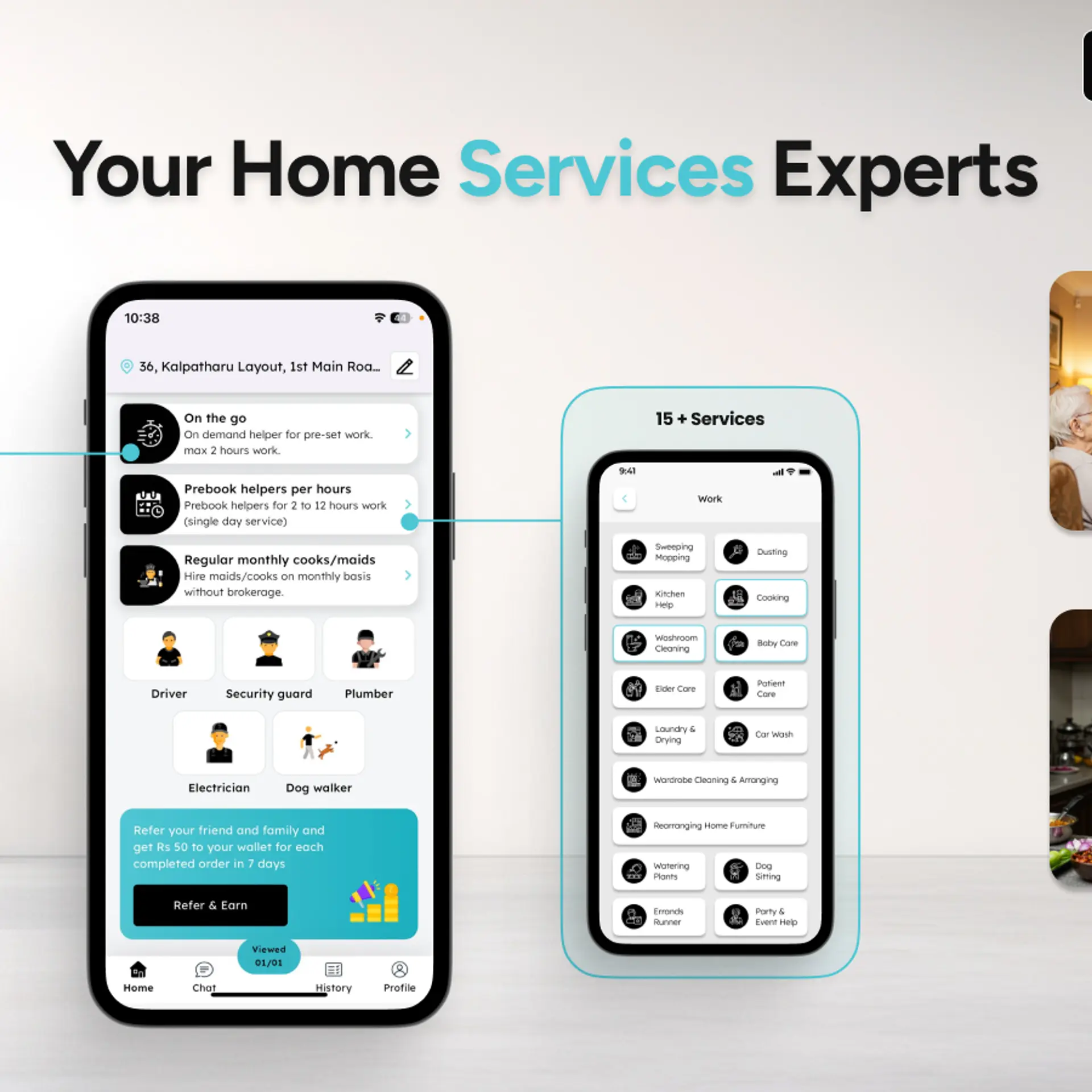How To Recruit Early Adopters For Your Product
Early adopters play a crucial role in the success of any product. They're the ones that are usually your biggest fans (or critics), and can be an enormous asset for a product that's looking to gain traction by word-of-mouth. Early adopters are unlike your regular users, so you need to work harder to recruit and retain them, but once you have the right set of early adopters, they can do wonders for your product.

1) Recruit them
Recruiting early adopters is probably the hardest challenge. You can't just put up a sign on your website that says "Early adopters apply here", and expect them to come. You need to find them and recruit them, often times individually. The first step is to identify who your early adopters are and where they hang out.
For example, if you're building, lets say, a photo sharing service, then your ideal early adopters are prolific photographers who are passionate about their work, and also are outspoken and have a large community following. You're most likely to find them on photography boards and professional photography events and conferences.
If you're building a holiday or travel based product, your early adopters are probably young, single people who have large disposable incomes, love blogging and writing travelogues. You may need to search for their blogs and be-friend them and lure them into trying out your product.
Early on in your product, it may seem like you are working super hard to get even one user, but this effort will pay off in the long run, especially if you can convert these early adopters into your fans. Because their opinions influence the community, they can recruit dozens, maybe hundreds of users, into your product once they are convinced of its value.
2) Empower them
Once you have early adopters on your side, you have to engage with them deeply. Ideally, you want to meet with them face-to-face, and really get their feedback on how they are using the product, and what new features they would like to see. The reason meeting them in person is important is that you'll get to observe how they are using the product first hand, something that cannot be articulated well remotely.
For example, when Google wanted to build a simple, easy to use interface for people who didn't know English, but were proficient in their local languages, Product Managers at Google rounded up all the company cab drivers and office boys and put the product in front of them, and simply asked them to use it. The questions they ask, the assumptions they make and the interactions they expect can give you a lot of insight on how your product will be used in the wild.
3) Listen to them
The most important thing that early adopters need is recognition that their feedback and suggestions are being taken seriously. You should quickly iterate and incorporate the suggestions they make and the lessons you've had by interacting with them, and keep them informed of how you're updating the product to be the most perfect product for them.
People will often underestimate the value of one-on-one, frequent interactions with your users. There is something about the human condition that makes an apparently free lunch irresistible to everyone! You can exploit this by inviting your early adopters to your office and offering them samosas and tea. You'll be surprised how much your users will go out of the way to try and make it to these events so they can meet with you and other users, and get a sense of community. These informal meetings with your users are incredibly valuable, and you should try to do these as often as you can, so you're always connected with your users and have a pulse on what they want and how they're using the product.
Building products these days is rarely about launching the product and sitting back, hoping the users will find you. You need to invest a lot in meaningful marketing, and using your early adopters to do some of that work for you can be a wonderful bonus, and can probably make a huge impact to both your product quality and traction.







